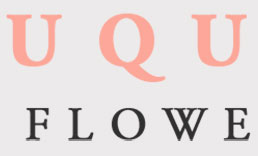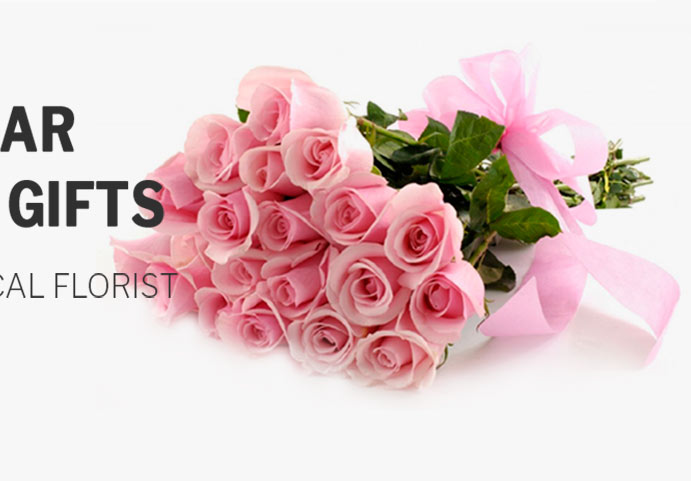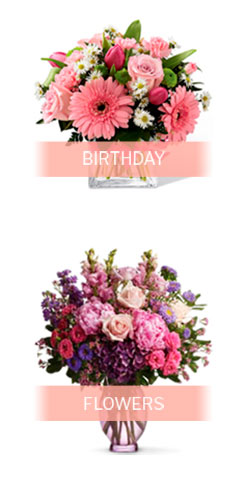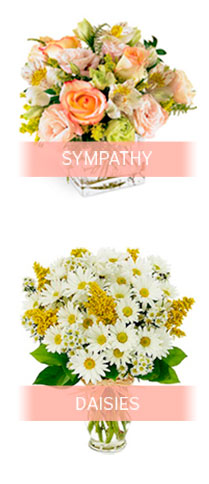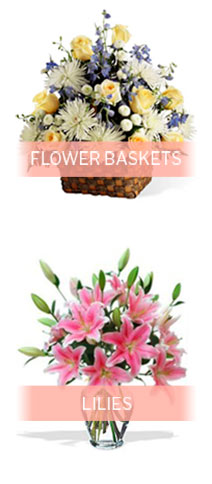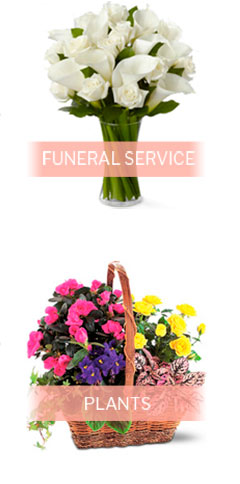valentine day flowers that speak from the heart
Choosing the right bouquet
On February 14, a bouquet is more than decoration; it is a message. Classic red roses whisper devotion, while blush peonies or tulips promise fresh starts and playful romance. If your partner adores texture, consider ranunculus or anemones, whose layered petals look lux without shouting. Scent matters, too: garden roses bring a soft, nostalgic fragrance, whereas orchids feel sleek and modern with minimal perfume.
Practical tips
Shop early to secure prime stems, and ask a local florist to tailor color, size, and vase to your story. Choose a palette-crimson, coral, or cream-and add greenery for movement. For a thoughtful touch, pair blooms with a handwritten note or a favorite treat, and request recyclable wrap for a more sustainable finish.
- Select stems that reflect shared memories or inside jokes.
- Mix heights and shapes for depth on the table.
- Include one unexpected bloom to create a focal point.
- Refresh water, recut stems, and keep away from heat.
- Add a sprig of herbs for aroma and symbolism.
With intent and care, your arrangement becomes a keepsake moment, not just flowers.



